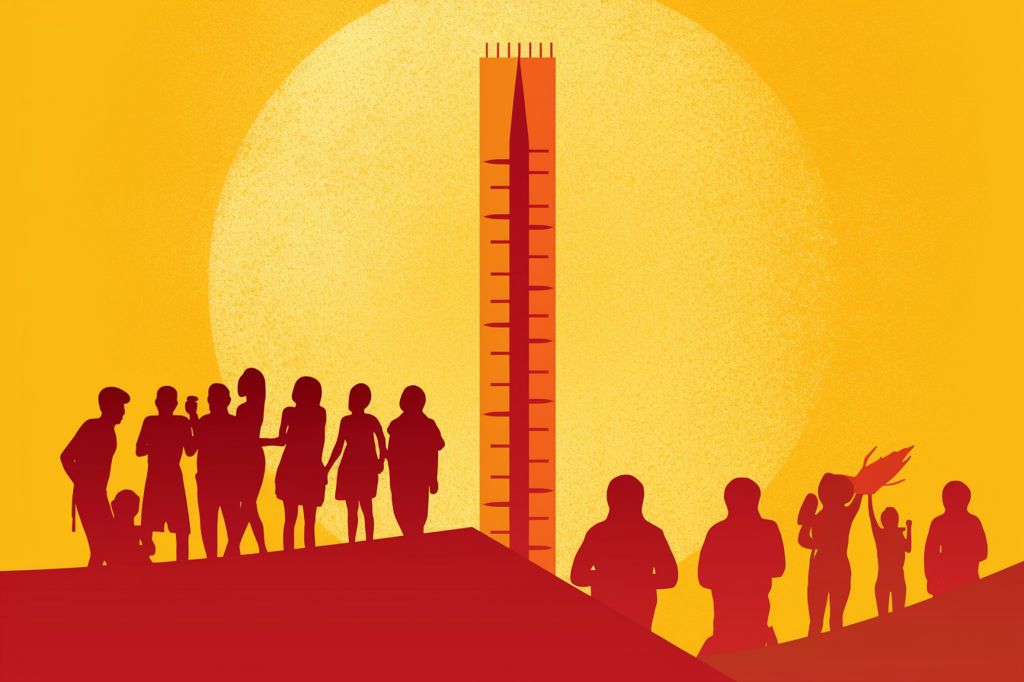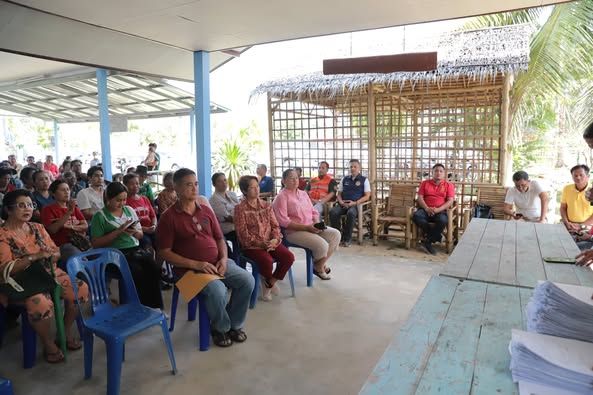Human-Induced Climate Change Impact on Southeast Asia
A recent study by the World Weather Attribution (WWA) initiative has found that the extreme heatwave experienced in parts of Southeast Asia last month was primarily driven by human-induced climate change. Temperatures exceeded 40°C in countries such as India, Bangladesh, Thailand, and Laos, which were at least 2°C hotter than they would have been without climate change.
These extreme events are predicted to become more frequent and severe until overall greenhouse gas emissions are halted. The researchers also pointed out that climate change made record-breaking heatwaves at least 30 times more likely.
Record Temperatures and Consequences
In mid-April, parts of India witnessed temperatures above 44°C, with at least 11 heat stroke-related deaths reported near Mumbai in a single day. Bangladesh experienced its hottest day in almost 60 years in Dhaka.
Thailand recorded its highest official temperature ever, 45.4°C, in Tak province. Laos also reported an all-time national record of 42.9°C in Sainyabuli province. Although only two deaths were reported in Thailand, the extreme heat led to widespread hospital admissions, with the poor and vulnerable being the worst affected.
Assessing Climate Change’s Role
The international climate scientists’ study examined the average maximum temperature and the maximum heat index, including humidity. WWA reported that climate change made the humid heatwave at least 30 times more likely, with temperatures at least 2°C hotter than they would have been without it.
The researchers also found that events like this, which used to occur once every century in India and Bangladesh, can now be expected about once every five years due to human-caused climate change. In Laos and Thailand, if global temperatures increase by 2°C, such extreme events could occur every 20 years instead of every two centuries as it occurs now.
Importance of Heat Action Plans
Friederike Otto from the Grantham Institute for Climate Change and the Environment, who participated in the study, emphasized the importance of heat action plans. She stated that these plans should be an absolute priority for adaptation actions globally, especially in regions where high humidity intensifies the impacts of heatwaves.
Previously, scientists were hesitant to directly link specific events to climate change. However, the emergence of “attribution science,” such as that conducted by the WWA, has enabled researchers to study the relationship between global warming and certain weather events like heatwaves and increased rainfall. More complex phenomena, such as droughts, snowstorms, tropical storms, and wildfires, still pose challenges for attribution studies.




